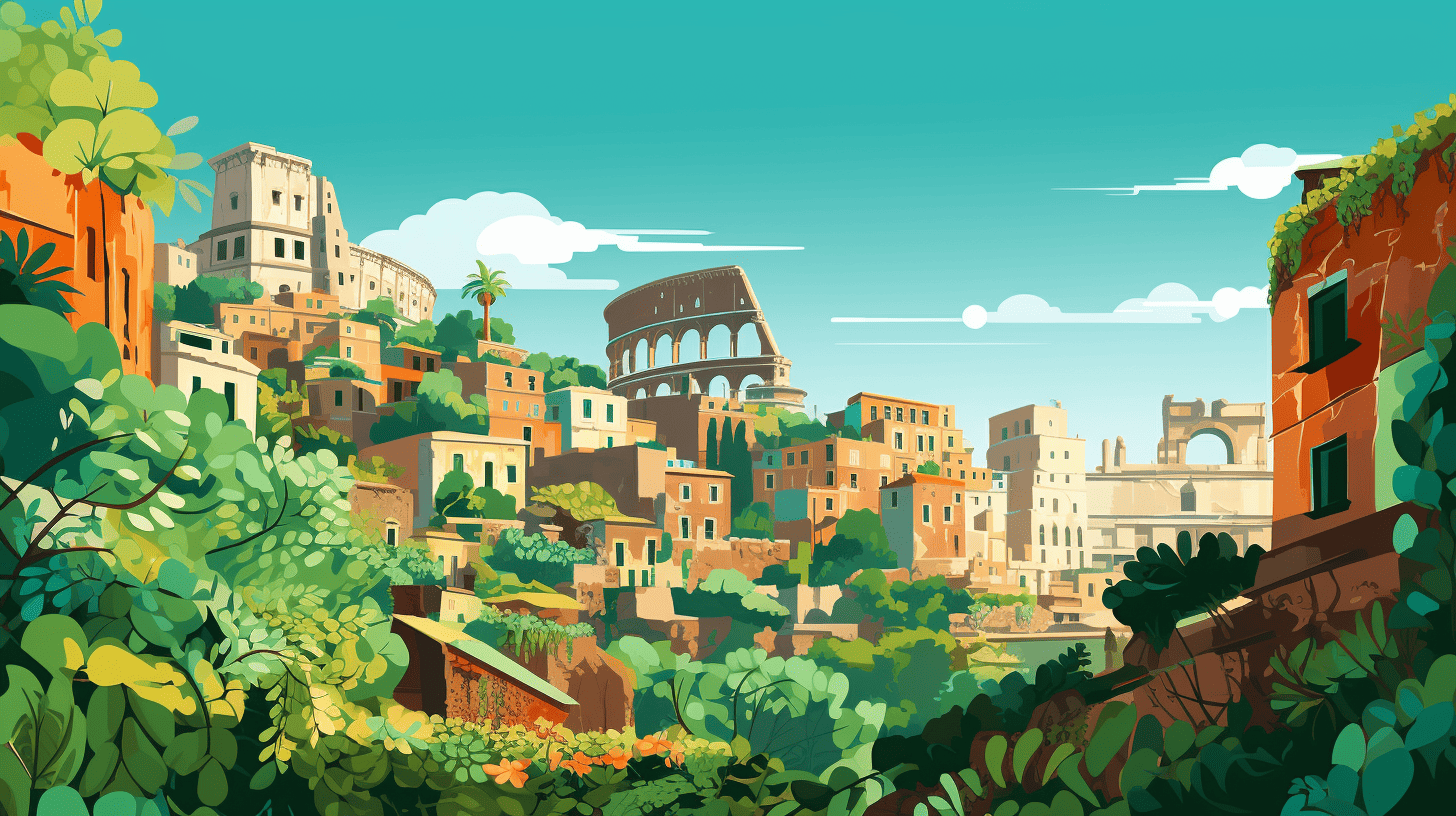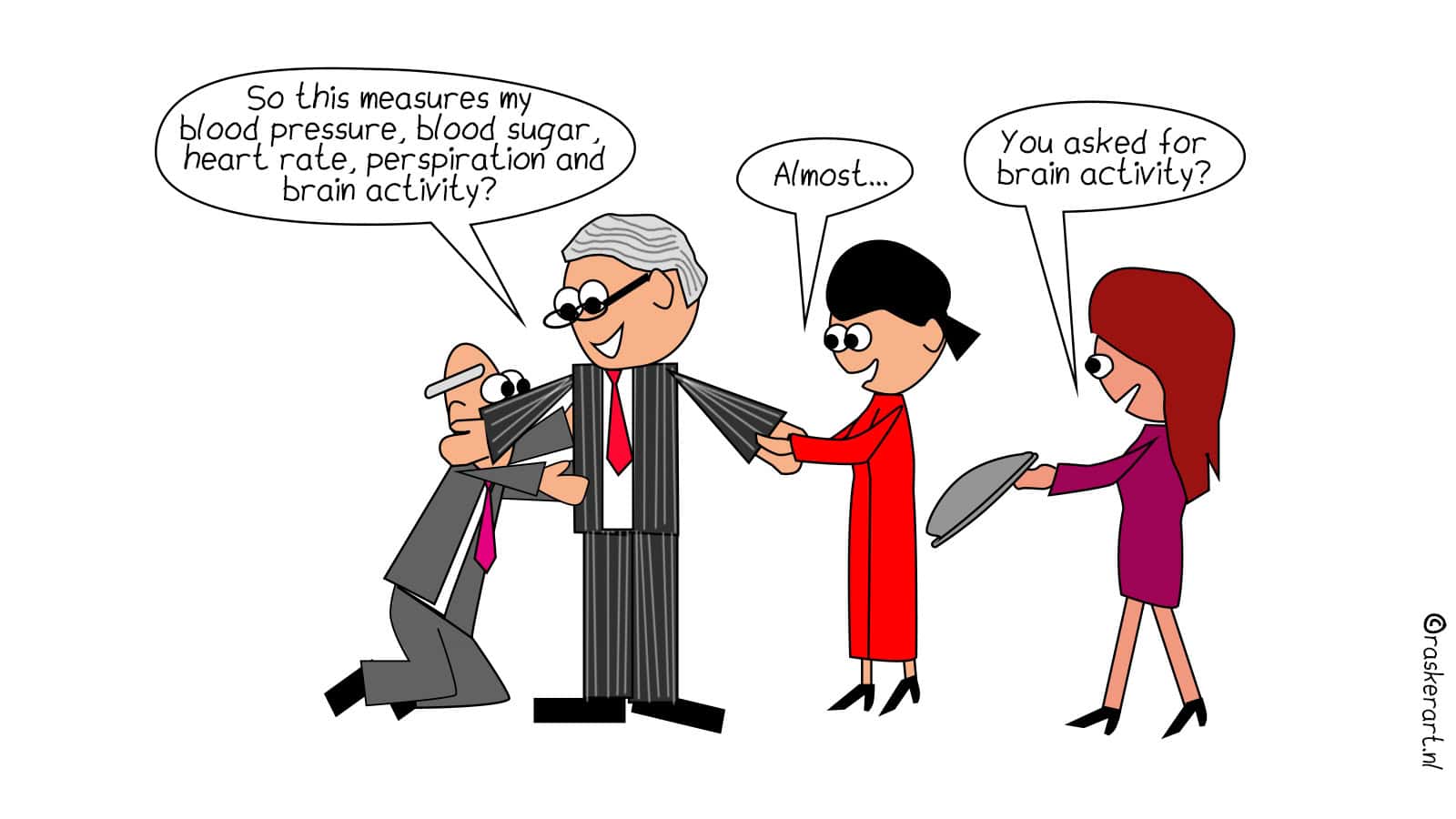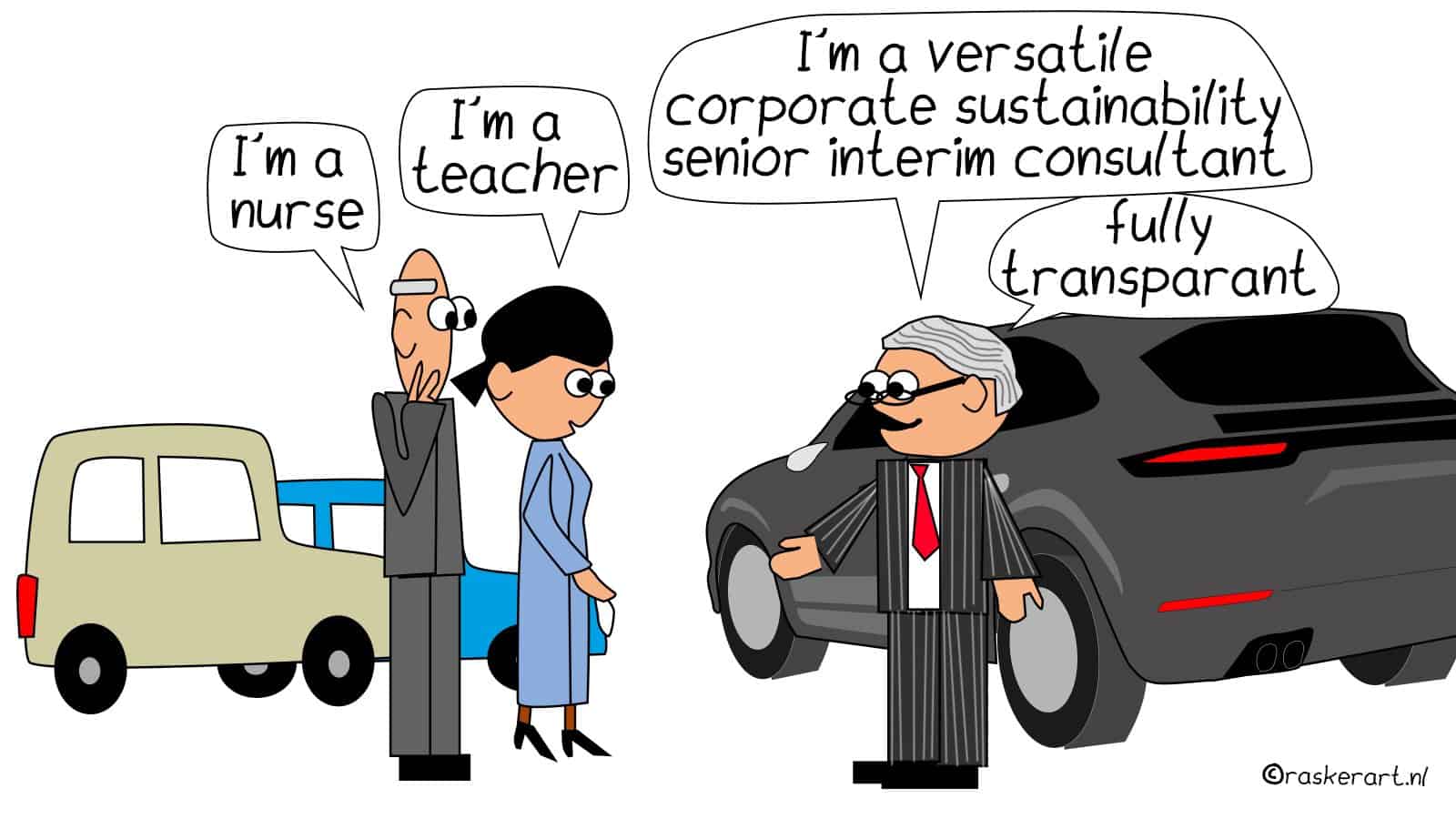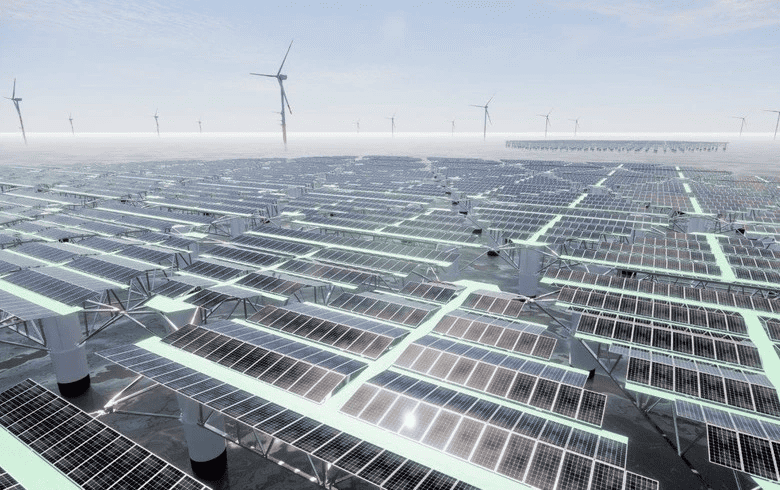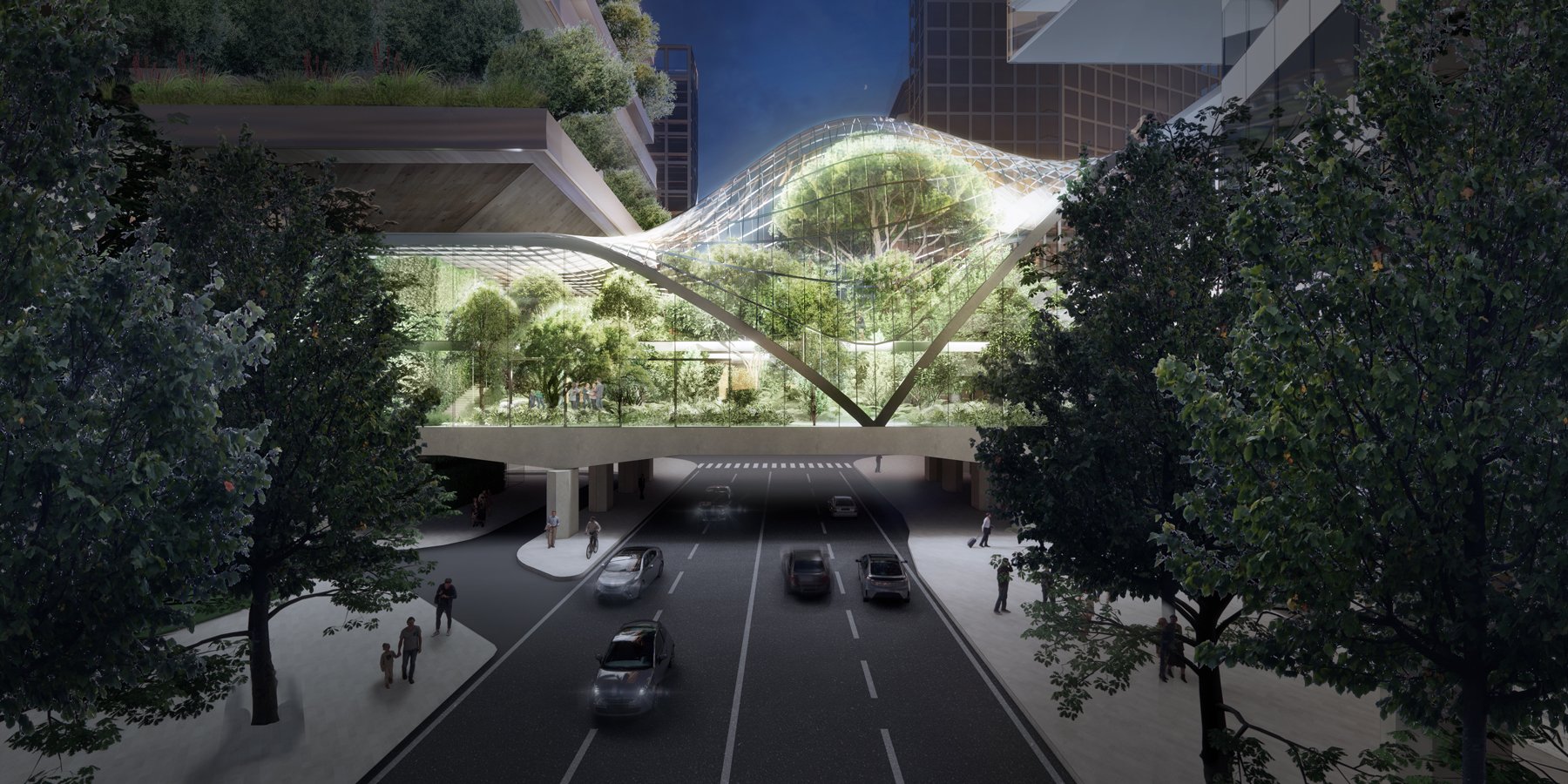
Stefano Boeri made his name in 2014 with the vertical forest, a residential tower with balconies filled with trees and shrubs. A little over five years later, the architect is taking it one step further in a new project. His design for a new residential tower is no longer resembles a forest. Instead, it is more reminiscent of a vertical botanical garden.
The trees and shrubs are selected so that the floors follow the twelve months of the year. This means that the tower is in bloom 365 days a year, so to speak.
The project is made up of three parts. The most innovative being a newly constructed residential tower block. As well as a bridge building that has been transformed into a huge conservatory. The residential tower features 1,700 square meters of vegetation spread over most of its 25 floors. The trees and shrubs are selected so that the floors follow one of the twelve months of the year. This means that the tower is in bloom 365 days a year, so to speak. The building is pleasant to look at thanks to this vegetation, possibly even more so than the vertical forest. Above all, it offers ecological advantages.
A forest of 10,000 square meters
The vegetation in the botanical tower absorbs as much carbon dioxide and produces as much oxygen as a 10,000 square meter forest. Equipped with nearly 3,000 square meters of solar panels, the building will be able to provide 65 percent of its own energy needs. Structural parts of the building are made of wood. Which will certainly cut down on tons of carbon dioxide during its construction. “The use of wood on this scale is an absolute innovation in Europe,” Stefano Boeri remarked during an online presentation in Milan on Thursday. His eponymous architecture studio and the New York firm Diller Scofidio + Renfro have jointly signed on for the design.

Next to the new residential tower, an existing concrete four-story office bridge building is being transformed into a glass conservatory. This is set to serve as a center for events and performances. It is also intended as an extension of the so-called “Biblioteca degli Alberi” (tree library) nearby. Which is an educational park (that incidentally was designed a few years ago by the Dutch firm Studio Inside-Outside).
Clever widening without loss of shape
The “Palazzo Pirellino,” an existing office building on the other side of the bridge building (Diller renamed it the “ecological bridge” yesterday), will be renovated. This 1966 building has the kind of charm typical of its time. As such, the character of the original building will be preserved for this reason. However, it will be completely renovated to present-day standards for office spaces and will be cleverly widened on the north side without losing its characteristic shape.
There is one more reason why the choice was made to repurpose the building. The renovation meets the latest standards of sustainability and fits perfectly within the parameters of the Next Generation program run by the European Union. The building also meets new standards of the post-Covid era, even if it was not entirely clear Thursday what is actually meant by that.

Pirelli 39, as the project is called, is sited in the semi-central area of Porta Nuova, a district of Milan that is undergoing substantial development and includes Boeri’s vertical forest. Pirelli 39 is projected to cost 300 million euros. Stefano Boeri and Diller Scofidio + Renfro were chosen by Italian developer Coima after a design competition in which 70 architectural groups from 15 different countries took part.
Read about a vertical forest residential project in The Netherlands.



